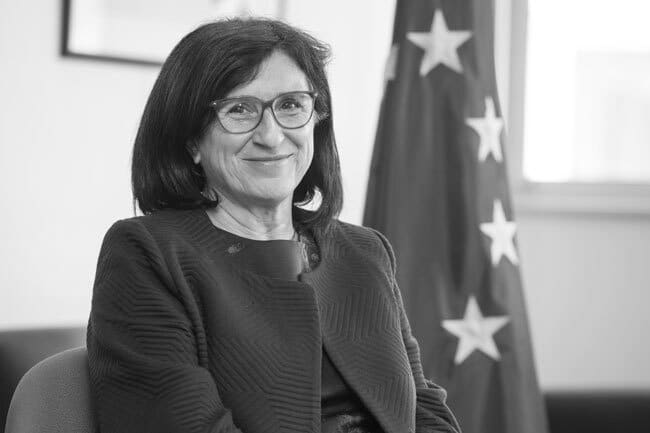Karsten LÖFFLER and Matthias SEEWADD Board member and Head of Investment, Allianz France and Managing Director of Allianz Climate Solutions GmbH Html code here! Replace this with any non empty text and that's it. Two major movements joined forces last year: Firstly, policymakers committed to long-term action against climate change, as could be seen with the Financial Stability Board’s investigation of climate risks in the financial sector and, of course, the rightly praised Paris Agreement. Secondly, the private sector showed its willingness to implement needed actions on the ground, for instance with the Portfolio Decarbonization Coalition. Mostly long-term institutional investors like Allianz, committed to shift USD 600bn towards lower-carbon assets. Capital stands ready, there is basically a lack of investable projects. A crucial sector has been and will be power generation. The energy transition started with power over a decade ago – and power from renewable sources will be of
Ce contenu est réservé aux abonné(e)s. Vous souhaitez vous abonner ? Merci de cliquer sur le lien ci-après -> S'abonner












